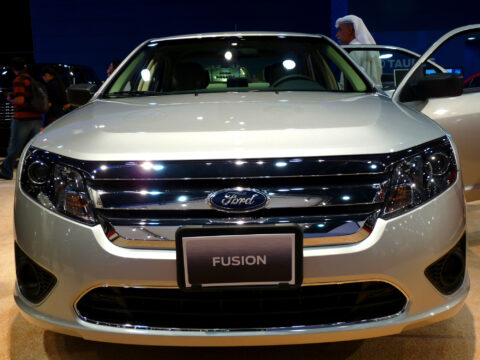Public transportation is evolving rapidly, with cities worldwide embracing advanced technologies to make commuting faster, safer, and more efficient. From high-speed trains to autonomous buses, these innovations are transforming how we travel. In this article, we’ll explore the world’s 20 most advanced public transit systems, highlighting the groundbreaking features that set them apart.
Contents
Tokyo, Japan – Tokyo Metro
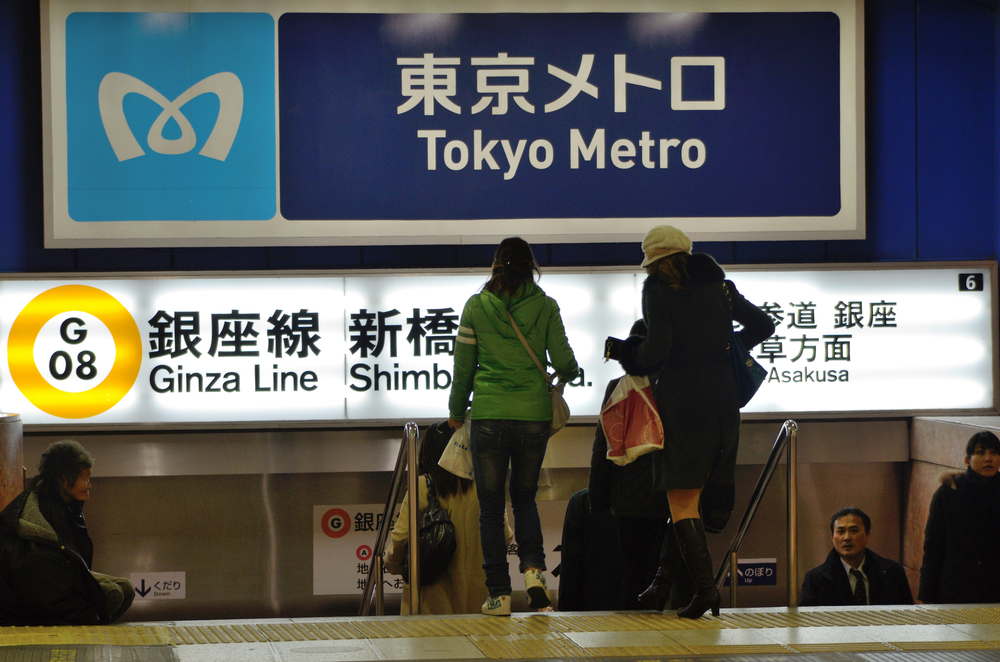
Tokyo Metro is renowned for its punctuality, efficiency, and extensive network, boasting 9 lines covering 195.0 km with 179 stations. Its advanced signaling technology ensures smooth and frequent operations, making it one of the most reliable systems in the world. Additionally, Tokyo Metro is known for its cleanliness, safety, and user-friendly interfaces with multilingual support.
Hong Kong, China – MTR (Mass Transit Railway)
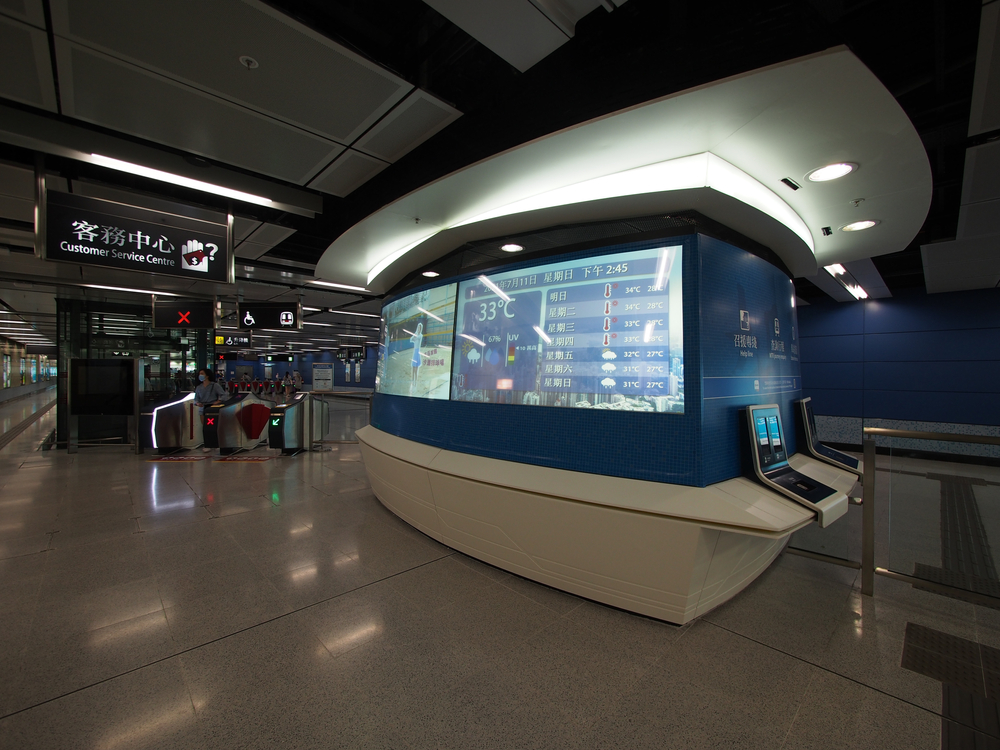
The MTR in Hong Kong is a model of operational efficiency, with 10 lines covering 231.4 km and serving over 5 million passengers daily. It incorporates advanced ticketing systems like the Octopus card, which allows seamless travel across different modes of transport. The MTR is also known for its punctuality, cleanliness, and constant technological upgrades.
Singapore – MRT (Mass Rapid Transit)
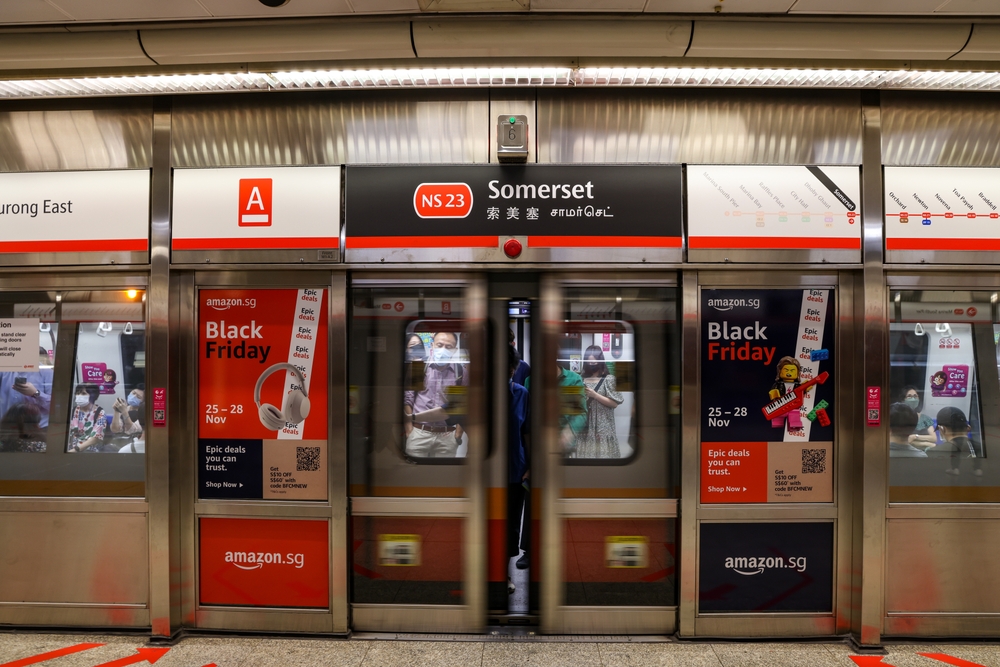
Singapore’s MRT is a pillar of urban mobility, known for its extensive network, spanning 199.6 km with 122 stations. The system is highly automated, with several lines running driverless trains. The MRT is celebrated for its efficiency, reliability, and the integration of cutting-edge technology to ensure minimal delays and high safety standards.
Seoul, South Korea – Seoul Metropolitan Subway
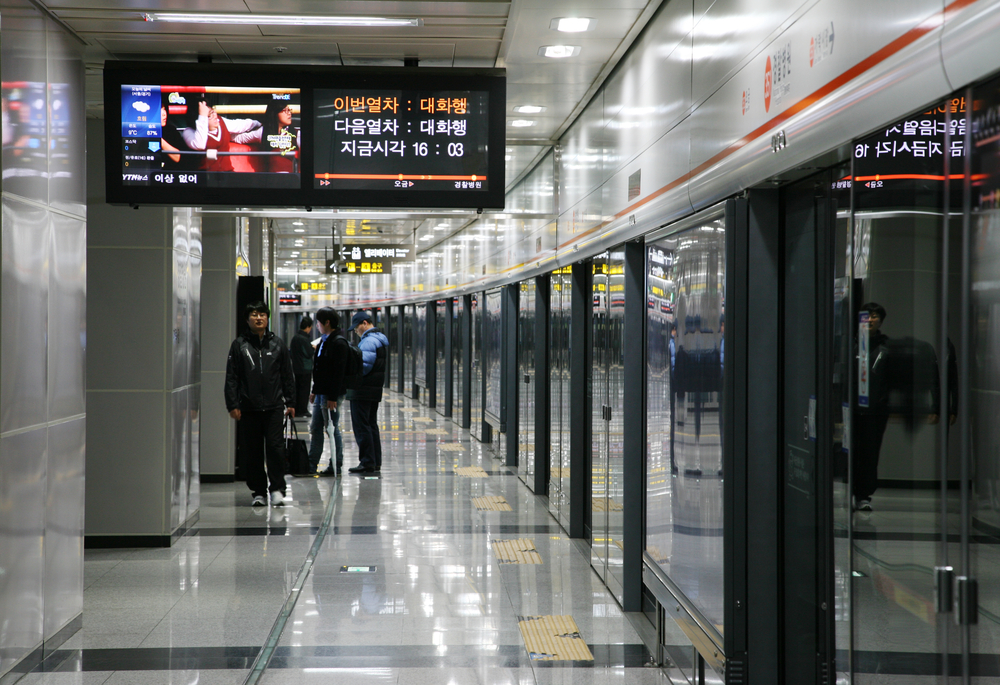
The Seoul Metropolitan Subway is one of the largest and most advanced systems globally, with 23 lines covering 1,097 km and over 330 stations. Known for its high-tech features, it offers Wi-Fi, mobile TV, and heated seats. The system is exceptionally punctual and efficient, accommodating millions of passengers daily with ease.
Shanghai, China – Shanghai Metro
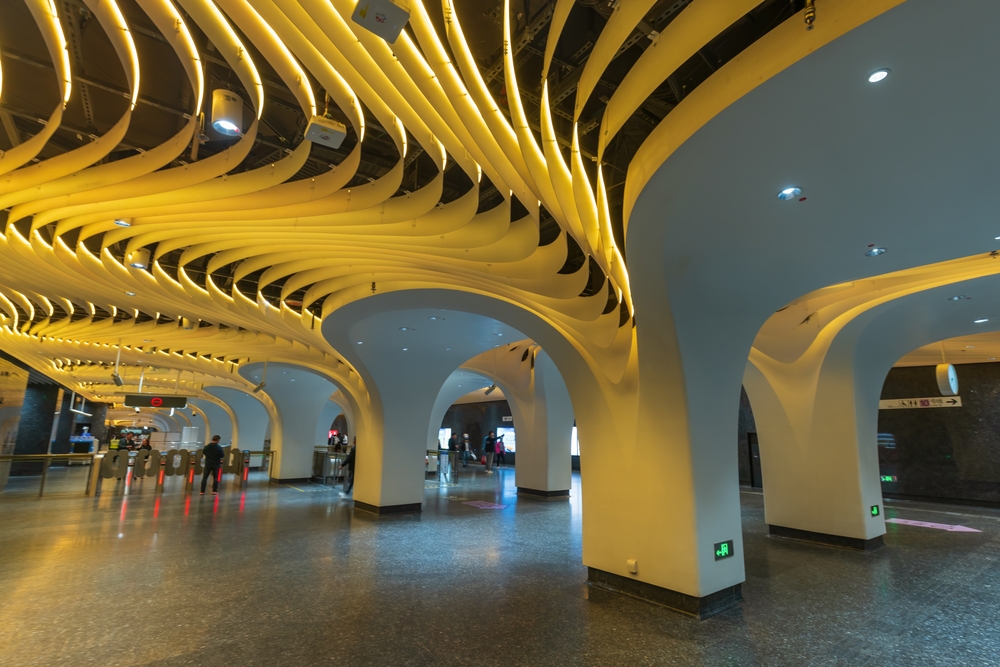
The Shanghai Metro is the longest metro system in the world, covering over 743 km with 415 stations. It features state-of-the-art technology, including real-time tracking and advanced safety systems. The network is expanding rapidly, incorporating new lines and technologies to enhance passenger convenience and operational efficiency.
Beijing, China – Beijing Subway
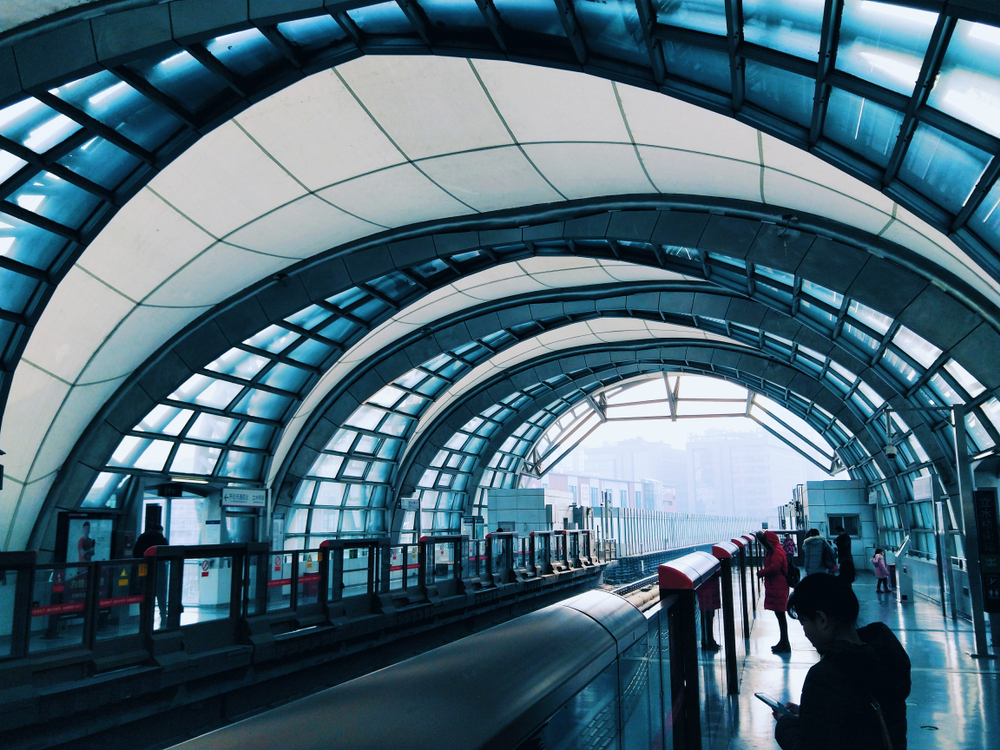
Beijing Subway is one of the busiest and most extensive metro systems globally, with 24 lines spanning 727 km and 428 stations. Known for its high capacity and efficiency, it integrates modern technology for real-time monitoring and advanced ticketing solutions, ensuring smooth and reliable operations.
London, UK – London Underground
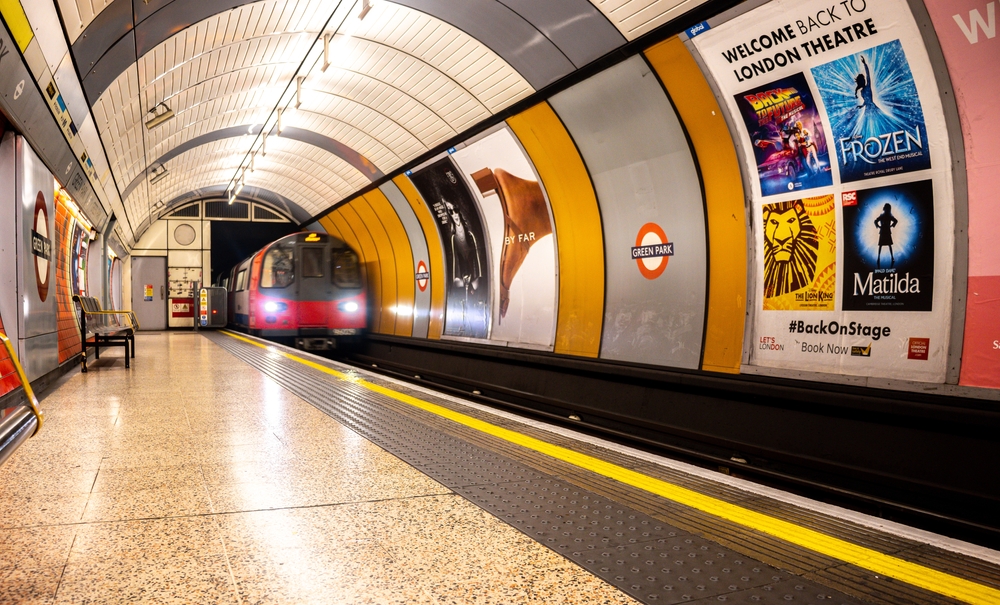
The London Underground, or the “Tube,” is iconic for its historical significance and extensive network. Covering 402 km with 270 stations, it is one of the oldest and most intricate metro systems. Recent technological upgrades include contactless payment systems and modernized signaling to improve efficiency and reliability.
New York City, USA – MTA Subway

The MTA Subway in New York City is one of the most extensive and complex urban transit systems, with 472 stations across 380 km. It operates 24/7, offering unparalleled accessibility. Recent advancements include contactless fare payment, Wi-Fi in stations, and real-time service updates to enhance the commuter experience.
Paris, France – Paris Métro
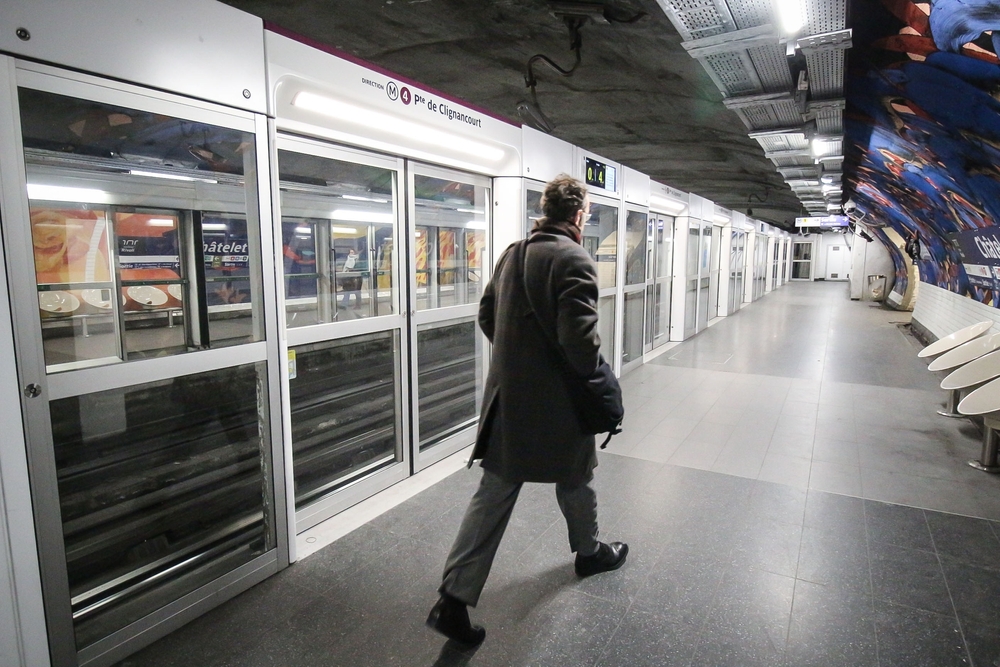
The Paris Métro is celebrated for its dense network and architectural beauty, with 16 lines covering 214 km and 302 stations. It is known for its efficiency, frequent service, and integration with other public transport modes. The system continuously upgrades its technology to improve safety, accessibility, and passenger comfort.
Berlin, Germany – Berlin U-Bahn
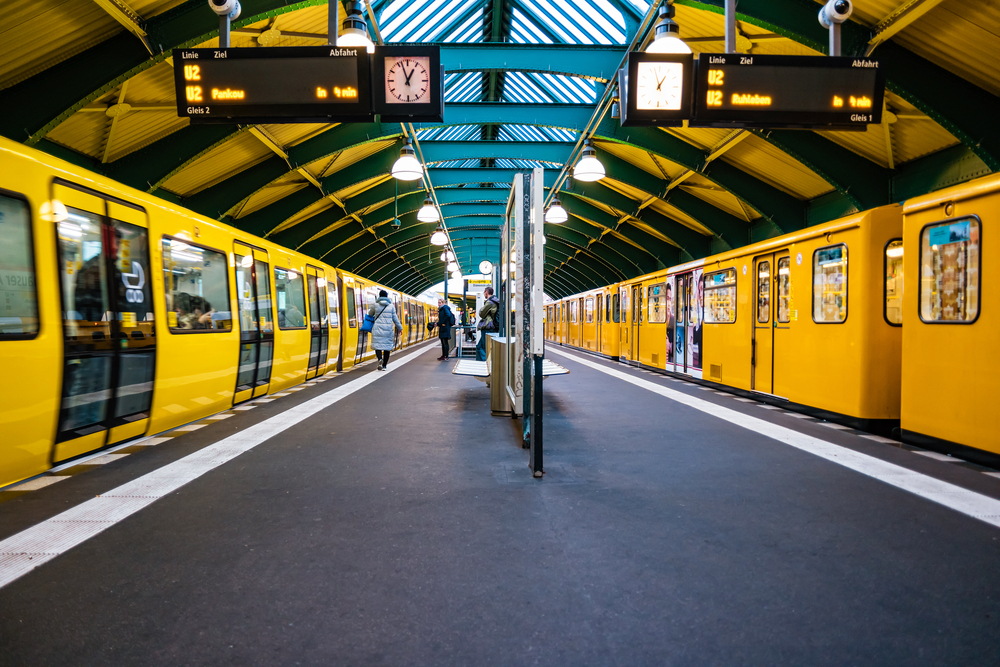
Berlin’s U-Bahn is known for its punctuality and comprehensive coverage, with 10 lines spanning 151.7 km and 173 stations. The system is highly efficient, integrating modern technology for seamless operations. It is also renowned for its safety features and efforts to minimize its environmental impact.
Copenhagen, Denmark – Copenhagen Metro
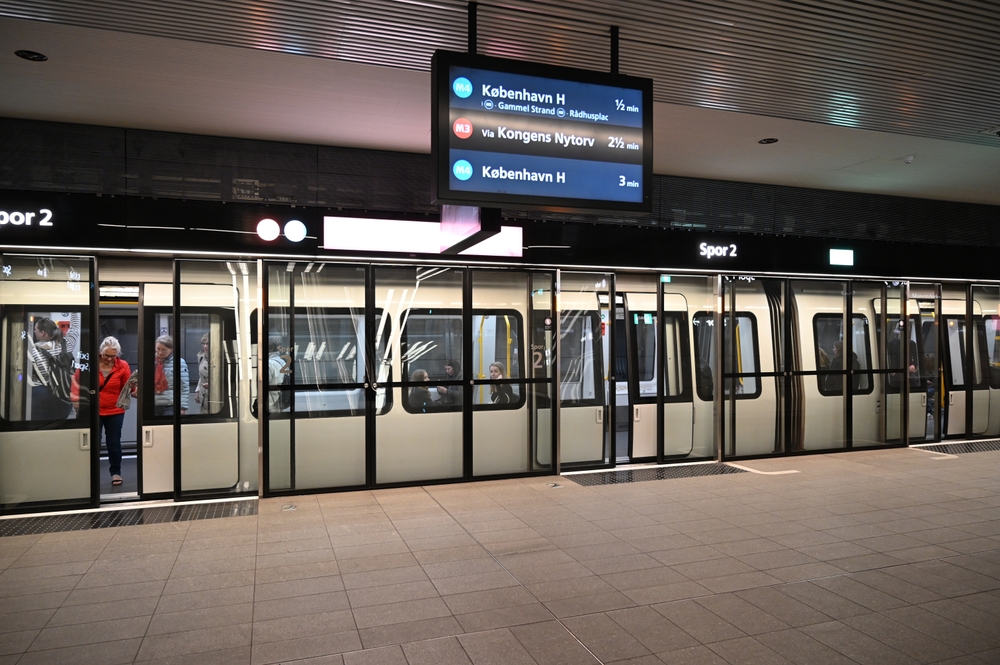
The Copenhagen Metro is highly automated, featuring driverless trains on its 4 lines covering 38.2 km with 39 stations. It is known for its reliability, safety, and frequent service. The metro system integrates smart technology to provide real-time updates and ensure efficient operations.
Moscow, Russia – Moscow Metro
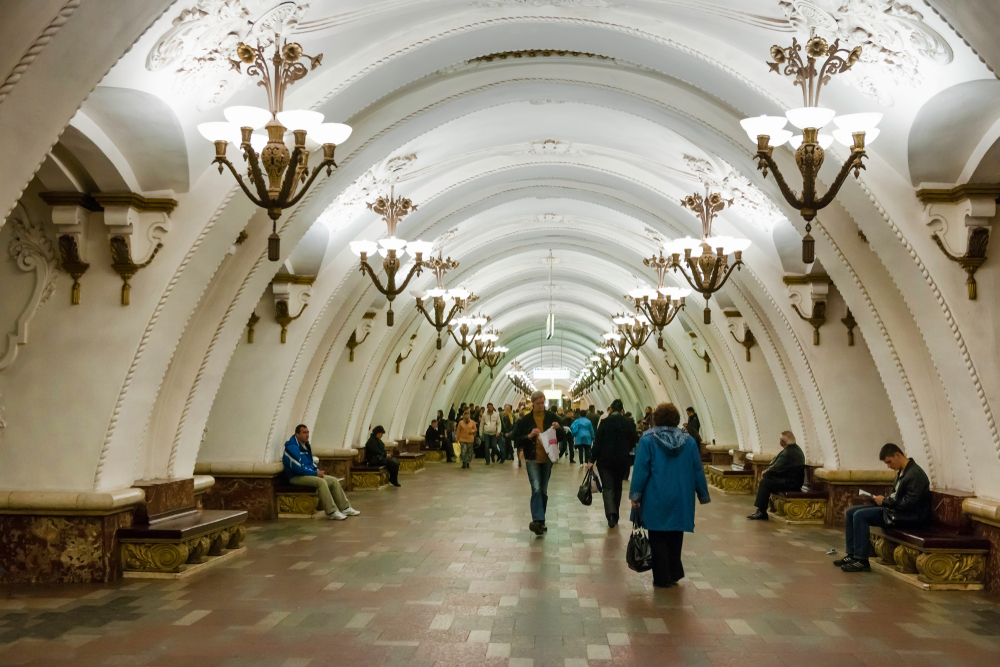
The Moscow Metro is famous for its ornate stations and extensive network, with 14 lines covering 397 km and 241 stations. It is one of the most efficient and heavily used metro systems, known for its reliability, safety, and technological advancements in signaling and operations.
Dubai, UAE – Dubai Metro
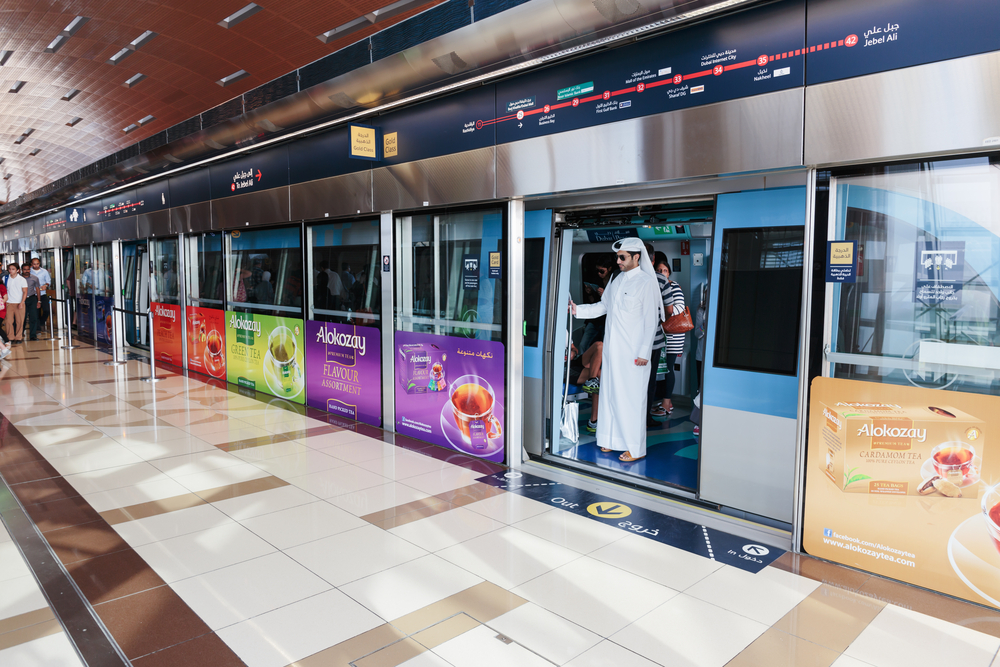
Dubai Metro is one of the most modern and technologically advanced systems, with 2 lines covering 74.6 km and 49 stations. It features driverless trains, state-of-the-art safety systems, and luxurious amenities. The metro is known for its punctuality, efficiency, and integration with other transport modes.
Madrid, Spain – Madrid Metro
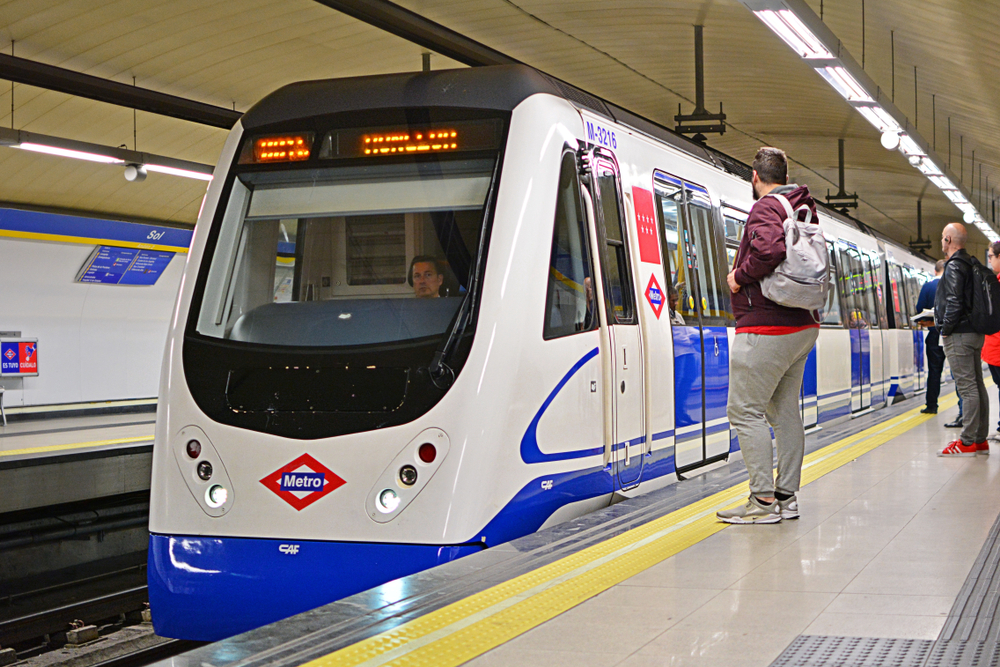
The Madrid Metro is one of the longest in the world, with 13 lines covering 294 km and 302 stations. It is known for its efficiency, modern infrastructure, and advanced technology, including real-time information systems and energy-saving initiatives.
Vancouver, Canada – SkyTrain
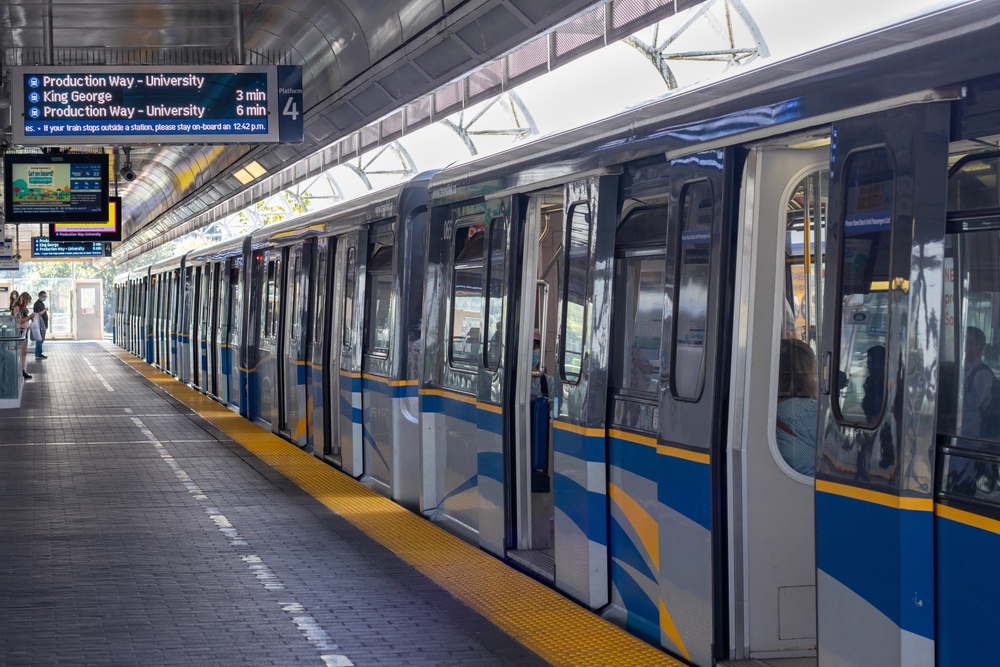
Vancouver’s SkyTrain is an automated rapid transit system with 3 lines covering 79.6 km and 53 stations. Known for its reliability and efficiency, the system features driverless trains and advanced safety measures. The SkyTrain offers stunning views and integrates seamlessly with other public transport modes.
Sydney, Australia – Sydney Metro

Sydney Metro is Australia’s largest public transport project, with driverless trains operating on its 36 km network. The system is highly automated, featuring state-of-the-art technology for safety and efficiency. It is known for its punctuality, comfort, and modern infrastructure.
Stockholm, Sweden – Stockholm Metro

The Stockholm Metro is renowned for its artistic stations and efficient service, with 7 lines covering 105.7 km and 100 stations. The system integrates advanced technology for real-time updates, safety, and energy efficiency, making it one of the most reliable and modern transit systems.
Vienna, Austria – Vienna U-Bahn

The Vienna U-Bahn is known for its efficiency, cleanliness, and punctuality, with 5 lines covering 78.5 km and 109 stations. The system incorporates modern technology for seamless operations and passenger convenience, including real-time information and advanced safety features.
Oslo, Norway – Oslo Metro
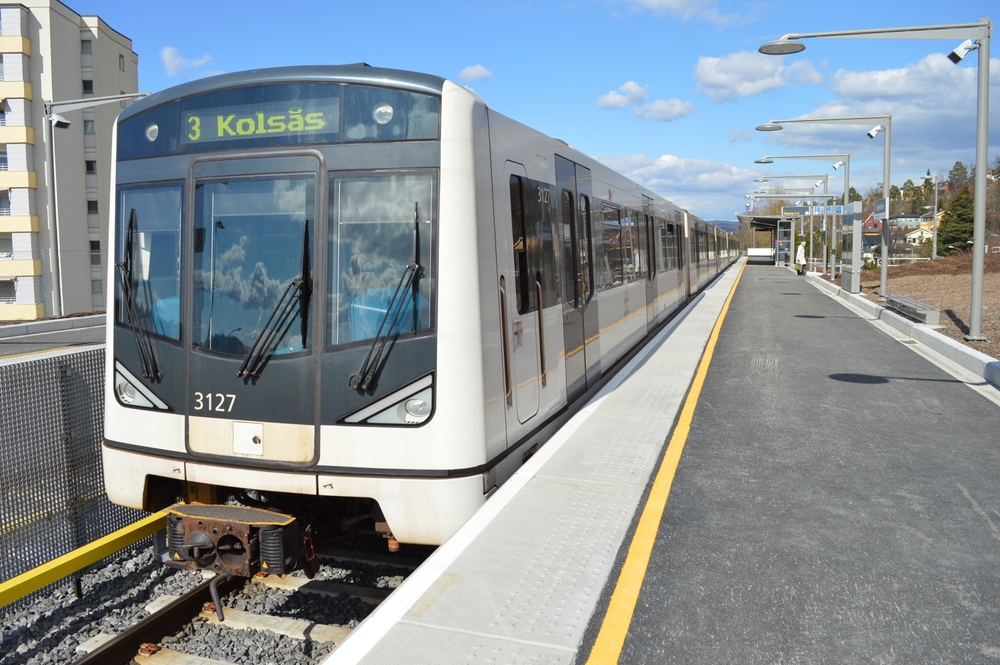
The Oslo Metro is an advanced system with 5 lines covering 85 km and 101 stations. Known for its reliability and efficiency, the metro integrates cutting-edge technology for safety and real-time information. It also features modern, comfortable trains and well-maintained infrastructure.
Taipei, Taiwan – Taipei Metro
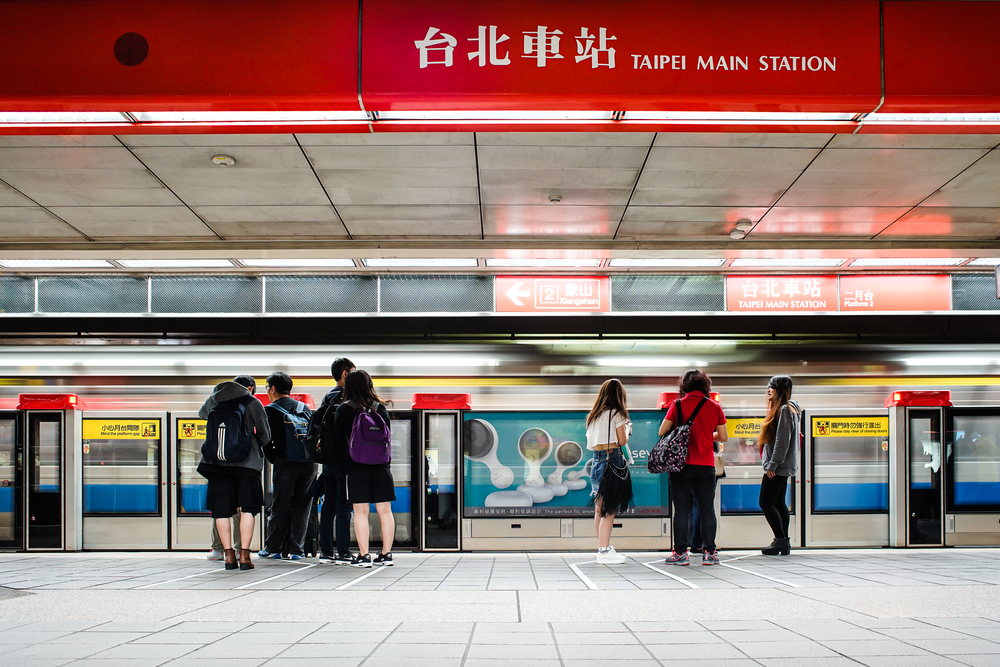
The Taipei Metro is a highly efficient and modern system, with 5 lines covering 131.1 km and 131 stations. It is known for its cleanliness, punctuality, and user-friendly features, including multilingual support and advanced ticketing systems. The metro continuously upgrades its technology to enhance passenger experience.
This article originally appeared in MyCarMakesNoise.
More from MyCarMakesNoise
15 Must-Visit Small Town Diners for Your Next Road Trip
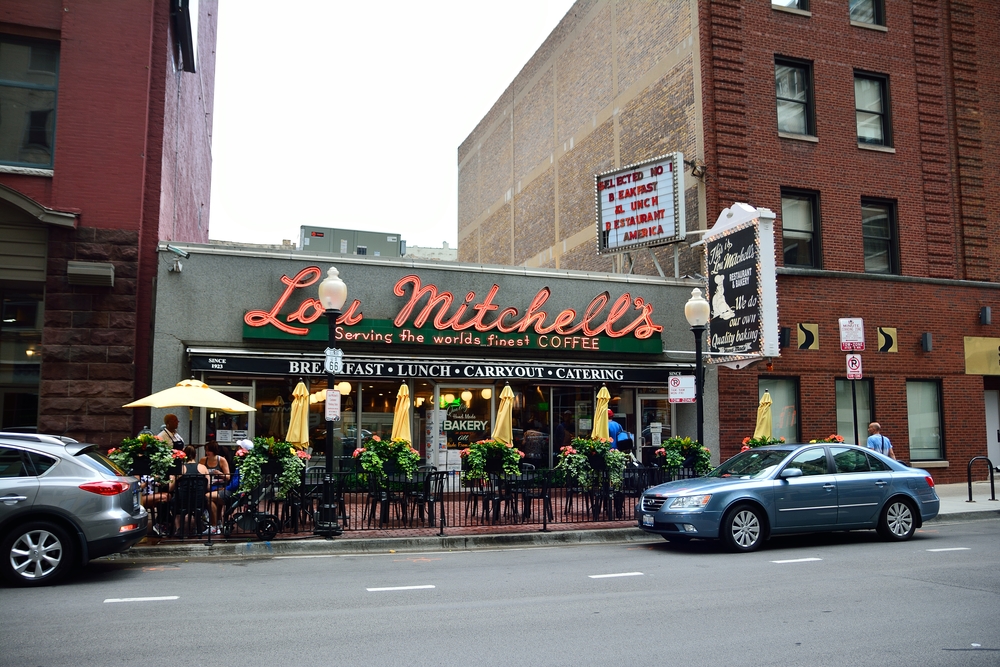
Planning a road trip is about more than just the destination—it’s the journey that makes it unforgettable. Along the way, there’s nothing better than discovering a cozy small-town diner where the food is hearty, the service is friendly, and the atmosphere feels like home. Read More.
25 Reliable Compact Cars with Impressive Longevity
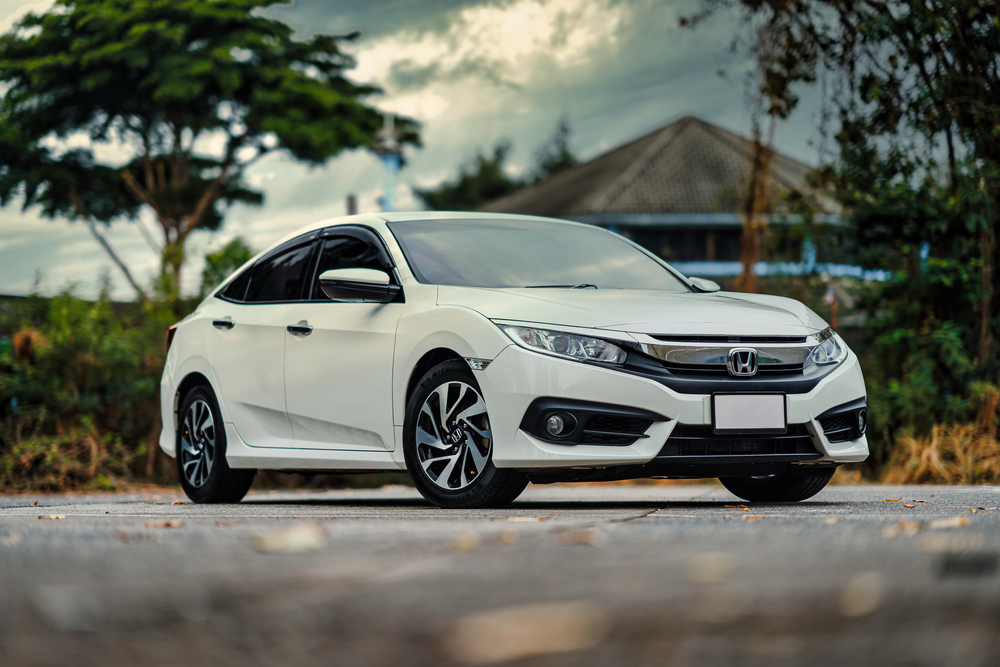
When it comes to choosing a compact car, reliability and longevity are key factors for most drivers. A dependable vehicle that can go the distance without constant repairs offers both peace of mind and great value. Read More.
The 17 Most Stylish Luxury Yachts Cruising the Seas
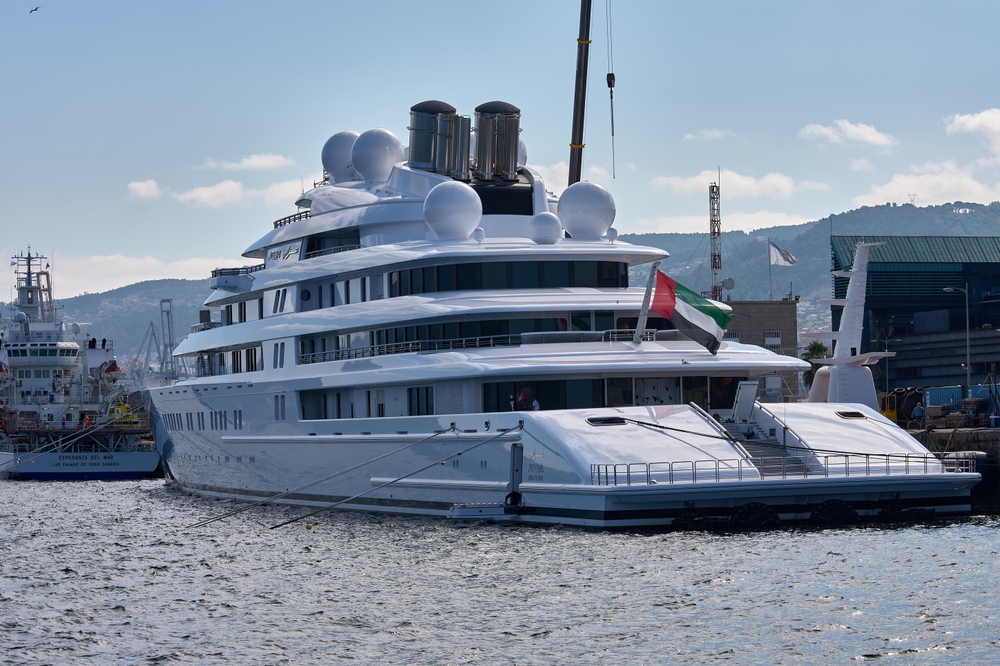
When it comes to luxury on the water, few things are as impressive as a stylish yacht. These floating masterpieces combine cutting-edge design with unparalleled comfort, making them the ultimate symbols of prestige. Read More.

